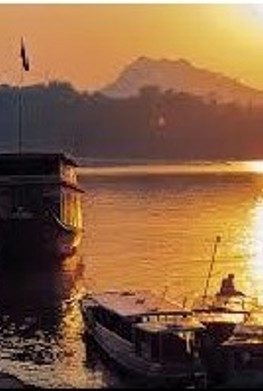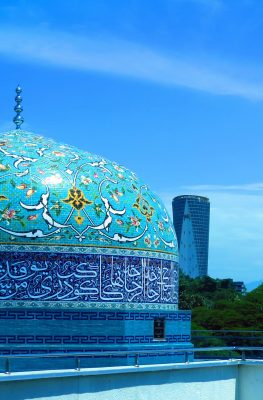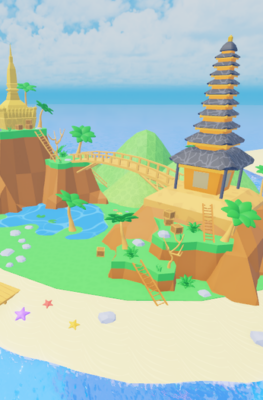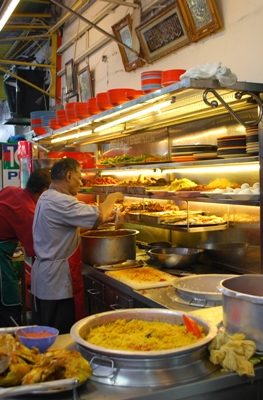Published on December 8, 2014
Fast Facts on the Philippines
Government
The Philippines has a democratic republic type of government.
Time
The Philippines is eight (8) hours ahead of the Greenwich Mean Time (GMT).
Climate
The first half of the year, from January to May, is the best time to visit the country. November to February is cool, while March to May is hot and dry. June to October is rainy, with the months between July to September characterized by typhoons. Average temperature is 78 degrees F/ 25 degrees C to 90 degrees F/32 degrees C; average humidity is 77%. Some parts of the country, such as Cebu, are warm and comfortable in all seasons and can be visited throughout the year.
Clothing
Light clothes, preferably cottons, are advisable. Jackets or sweaters are needed in upland areas like the mountain city of Baguio. Casual wear is the rule although formal parties may require a suit or Barong Tagalog for men and a dressy frock for ladies.
When visiting churches and mosques, it is well to remember that shorts or provocative dresses will be inappropriate.
Visitors are also advised to bring walking shoes, sunglasses, sunblock cream, insect repellant and a wide brimmed hat or umbrella.
Language
The two official languages are Filipino and English. Filipino, which is based on Tagalog, is the national language. English is widely used and is the medium of instruction in higher education. It is also the dominant language in business, government, the legal system, medicine, the sciences and education. A large percentage of the media such as television, newspapers, and entertainment are also in English.
Religion
Majority of Filipinos (approximately 83%) are Catholic; about 5% are Moslems. The rest are made up of smaller Christian denominations.
Currency and Credit Cards
Unit of currency is the Philippine peso, divided into 100 centavos. Next to the peso, the US dollar enjoys wide acceptance. Most foreign currencies can be easily exchanged at banks, hotels and authorized foreign exchange dealers. Remember to transact only with banks and licensed foreign exchange dealers. Always keep receipts of transactions.
International credit cards such as Visa, Diners Club, Mastercard, American Express Card and JCB are accepted in major establishments.
Business and Banking Hours
Private and government offices are open either from 8:00 a.m. to 5:00 p.m. or from 9:00 a.m. to 6:00 p.m., Mondays to Fridays. Some private companies hold office on Saturdays from 9:00 a.m. to 12:00 noon. Most shopping malls, department stores and supermarkets are open from 10:00 a.m. to 8:00 p.m. daily. There are 24-hour convenience stores and drugstores. Banks are open from 9:00 a.m. to 3:00 p.m., Mondays to Fridays, with automated teller machines (ATM) operating 24 hours.
Communication Facilities
The international access code for the Philippines is +63. The outgoing code is 00 followed by the relevant country code. Major towns, cities and popular tourist spots are covered by GSM 900 and 1800 mobile networks. There are also providers that offer International Roaming. Phone units are rented in malls at a reasonable price. Internet connections are available in hotels, Internet cafés and major resorts all over the country.
Entry Regulations
A valid passport is required for entry to the Philippines. Generally, foreign visitors from countries with diplomatic relations with the Philippines are allowed to enter the country without visas and may stay for 21 days provided their passports are valid for at least 6 months and they hold return tickets. When staying for more than 21 days, a Tourist Visa, which is valid for 59 days, is necessary. Permits and visas can be obtained from Philippine Embassies and Consulates.
For more information regarding the issuance of Philippine visas, visit www.dfa.gov.ph
Health Regulations
A certificate of vaccination against yellow fever is required for travelers coming from an infected area.
Customs Regulations
To facilitate customs examination, visitors are advised to fill in the Baggage and Currency Declaration Form before disembarking. Visitors are allowed to bring in the following items duty-free: reasonable quantity of clothes and jewelry; two bottles of wine or liquor of not more than one liter each; and, 400 sticks of cigarettes or two tins of tobacco.
Foreign Exchange Regulations
Visitors carrying more than US$10,000 or its equivalent are requested to declare the amount at the Central Bank of the Philippines counter at the customs area. Foreign currency taken out upon departure must not exceed the amount brought in. Keep all exchange receipts for record purposes. Departing passengers may not bring out more than Php 10,000.00 in local currency.
Airport Facilities
The Philippines has four (4) international airports: the Ninoy Aquino International Airport (NAIA) in Manila, Clark International Airport in Angeles City, Mactan-Cebu International Airport in Lapu-Lapu City, Cebu and the Francisco Bangoy International Airport in Davao City.
Terminal Fee/Departure Tax
Airport fees of P750 (about US$16) for international flights and P200 for domestic flights (paid in Philippine pesos only) will be charged upon departure.
Driving License
An international driving license is valid for up to three months.
Electrical Current
Electrical current is 220 volts, 60 Hz. Two-pin flat blade attachments and two-pin round plugs are used. A transformer is necessary for appliances with electrical current of 110 volts. A universal adapter always comes in handy.
Tipping
In general, tipping is expected for many services. The standard practice is 10% of the total bill. However, most hotels and restaurants include a 10% service charge, making additional tipping optional.






